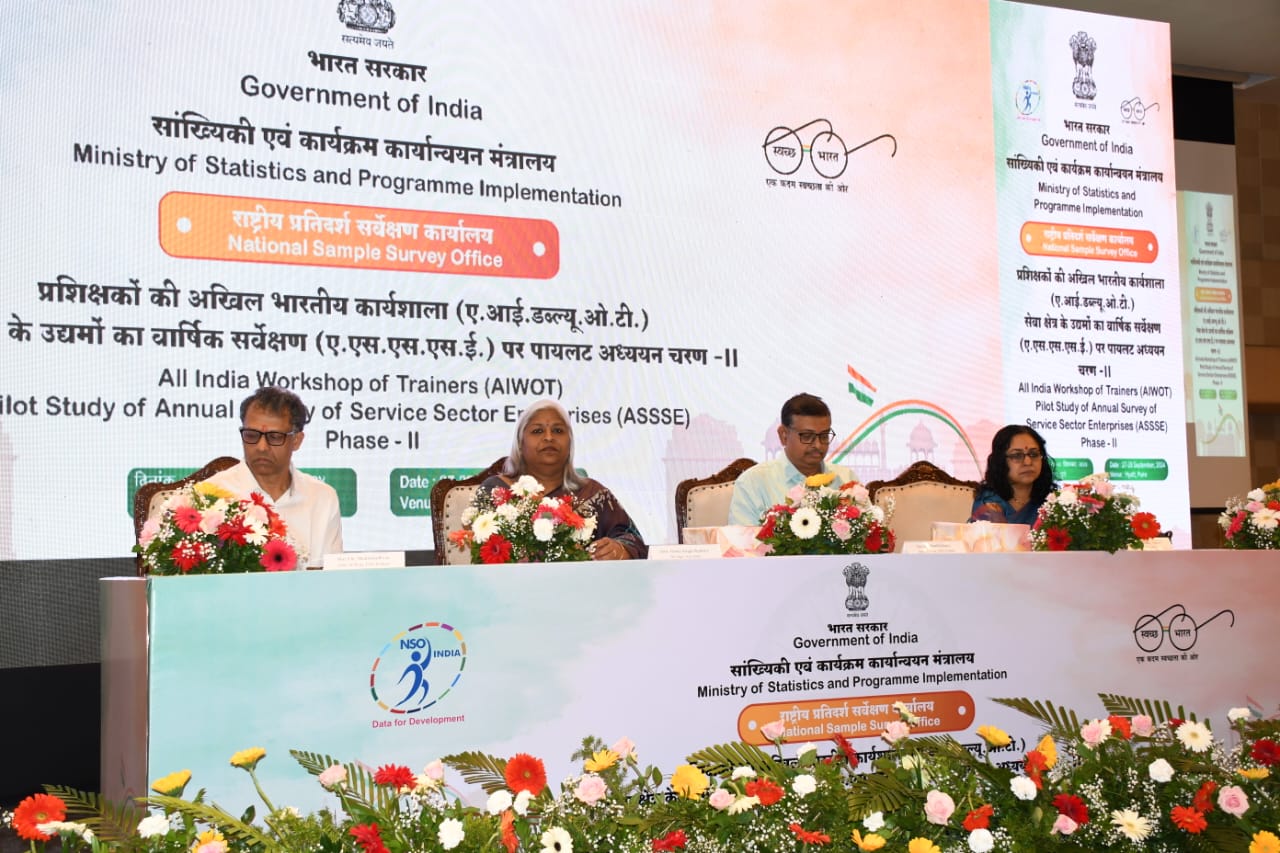- Courses
- GS Full Course 1 Year
- GS Full Course 2 Year
- GS Full Course 3 Year
- GS Full Course Till Selection
- CSAT
- 5 LAYERED ARJUNA Mentorship
- Public Administration Optional
- Online Program
- GS Recorded Course
- NCERT (Recorded 500+ Hours)
- Polity Recorded Course
- Geography Recorded Course
- Economy Recorded Course
- AMAC Recorded Course
- Modern India, Post Independence & World History
- Environment Recoded Course
- Governance Recoded Course
- Science & Tech. Recoded Course
- International Relations and Internal Security Recorded Course
- Disaster Management Module Course
- Ethics Recoded Course
- Essay Recoded Course
- Current Affairs Recoded Course
- ABOUT US
- OUR TOPPERS
- TEST SERIES
- FREE STUDY MATERIAL
- VIDEOS
- CONTACT US
ELECTRIC VEHICLES:TO ACCELERATE THE ENERGY TRANSITION IN INDIA
ELECTRIC VEHICLES:TO ACCELERATE THE ENERGY TRANSITION IN INDIA
24-02-2024
To accelerate the energy transition in India, there is a need to deliver commercial EVs in the economy.
What is Energy Transition?
- The gradual shift from fossil fuel-based energy systems to cleaner, greener, renewable energy sources.
- Transition from oil, natural gas, and coal to wind and solar energy, as well as lithium-ion batteries.
India’s Energy Transition in EVs
- In COP 26, India has committed to achieve net-zero emissions status by 2070. Also, to lower its emission intensity by 45% from 2005 levels by 2030.
- This explains India’s commitment to accelerate EVs in the Indian market.
- India is the third-largest automobile market. As per NITI Aayog, by 2030 India will have:
- 80% of its two- and three-wheelers as EVs.
- 40% of its buses as EVs
- 30% of its cars as EVs
- As per the Ministry of Road Transport and Highways, the sale of EVs in 2022 has reached a million units. This is 300% more than the 2021.
- India’s one-third of EVs sold were electric three-wheelers.
- As per the Economic Survey 2023, the electric market in India has a 49% compound annual growth (CAG) rate. This reflects the huge potential of the EV market in India.
- It is projected that the annual sales of EVs will be 10 million by 2030.
- It is set to become a $206 billion market by 2030.
Need for EVs in India
- Vehicle emissions release greenhouse gases (GHG) like nitrogen oxide (NOx), particulate matter (PM) and volatile organic compounds (VOC).
- Curbing these GHGs will help reduce the impact of global warming and climate change.
- It will reduce the risk of respiratory and cardiovascular diseases and thus improve public health.
- Rather than being dependent only on fossil fuels, India is now focusing on a mix of clean energies.
- This will reduce the vulnerability of fluctuations in oil prices and thus increase India’s energy security. This will make its electricity grid more resilient.
- India being the fifth largest economy needs technological development and job creation. The growth in the EV sector will India develop technologies and employment generation.
- The development in research & development (R&D) will benefit the automobile sector, create energy storage, and increase grid stability, battery manufacturing and charging infrastructure.
- The EVs will decrease operating costs and require lesser maintenance costs as compared to the fossil-based vehicle.
Government Initiatives
- Implementation of Faster Adoption and Manufacturing of Hybrid and Electric Vehicles (FAME II) has provided subsidies, tax rebates, preferential financing, and exemption from road tax & registration fees.
- EVs are also part of India’s production-linked incentive (PLI) scheme, in which the manufacturer will be provided incentives with an increase in production.
- This increased production will help India to increase its domestic capacity and also its exports.
- The government has also launched a Vehicle Scrappage Policy (VSP) where old diesel and petrol-powered vehicles will be scrapped. In return, the government will provide incentives to the individual to accelerate this transition.
Must Check: Best IAS Coaching In Delhi
Watch Detailed Video Of This Topic



